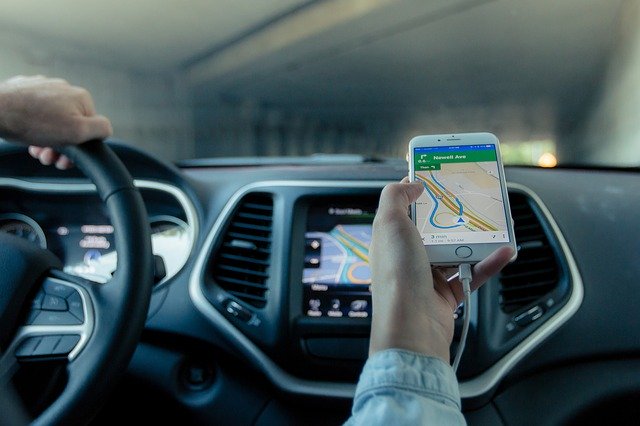What can be considered as among the niftiest pieces of technology we have nowadays is the GPS antenna. A GPS and its hardware, to work properly and yield their designed functions right, need to have an unobstructed view of a clear sky first. Simply because they are satellite-based and will work only when they have undistracted access to its related signals.
This means to say that if you happen to have a handheld device packed with a powerful GPS functionality, you may not be able to use it with your car roofing system. It may run the risk of blocking the reception of the signal coming from a satellite hovering above us in outer space. If this situation is familiar to you, the best course of action you can take to resolve the issue at hand is to consider the use of an external antenna. Be aware that an awful lot of devices with GPS units are not equipped or are lacking appropriate jacks for external antennas.

Cracking open your device with a GPS unit will allow you to see and extend the wire found between the antenna and the internal antenna. However, lost signal due to the extra amount of wire would consequently bring about degradation of the wireless signal. The work of the active antennas is to amplify the signal it receives. By this measure, it is enabling itself to get past the loss due to the extra amount of wiring.
Little hacking skills will let you know how to put on external active GPS antennas to almost any kind of equipment that comes with GPS functionality.
How Does It work?
Satellites we launched into space and are orbiting the earth right now transmit radio signals down to the surface of the earth. The work of the GPS type of antenna is to receive these signals, and then transmit the same to the receiver equipment/device.
As for the power injector, it delivers exactly what it is supposed to carry out, sending an adequate amount of energy up the antenna cable, then finally to the antenna unit itself. What happens to the signal is that it is passed and carried into the GPS receiver. With respect to the time as well as the satellites, the receiving device or equipment will “see” how to calculate its current position on the surface of the earth.
The Power Injector
The power injector — we see this as a very simple circuit. It has a close resemblance to the sound crossover found in an awful lot of decent speaker sets. It usually comes with a coil that is just a small inductor acting like a low filter pass. It is also helpful in keeping GPS frequencies off from the power supply and sees to it that power supply interfering signals out of the GPS while letting the direct current voltage to get through.
GPS signals can get through while at the same time keeping also the DC voltage from gaining access to the GPS receiver.
Building the Coil
You can make the coil out of 26 gauge wires, whose thickness is about .4mm. What we did is pull apart 18 gauge stranded wire, this allowed us to come up with just the right size. The digital caliper oscillated between 0.39 and 0.40 — this tells us that we are on the right track here.
To make the coil, what we did is wound the 26 gauge wire that we have around a 3/32 inch drill bit, and completed around 6 turns. Winding it is much easier, though. Then with the help of your fingernails, you can separate it evenly.
Case Modding
We mounted the hardware to go inside a mint tin. The BNC connector will need us to drill a large hole, so for this, we can begin using a small drill bit and from there work our way up the size. To get this done, we used 5 drill bits in drilling for the hole.
Building
Wrapping up the work is not hard to do. Several lines of hot glue will serve as a simple insulator, this will help in keeping the board from shorting. As for the coil, it needs to get connected to the GPS antenna board power pin.
The purpose of the capacitor here is to run the coax signal line to the board. We need to solder the shielding to the BNC connector’s outer tab.
